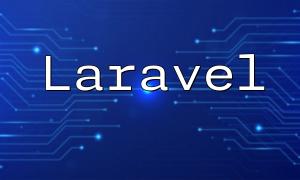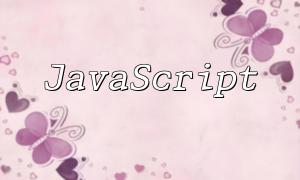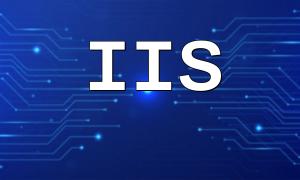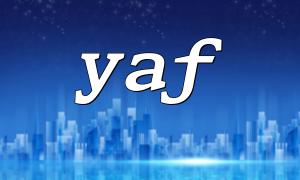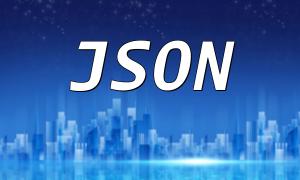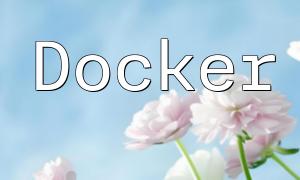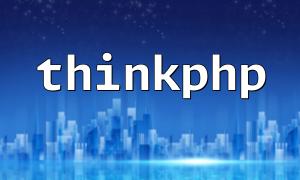In this article, we will show you how to install PHP on Debian 8. PHP is a widely used server-side scripting language, commonly used for web development. Whether you are a beginner or an experienced developer, these steps will guide you through the process of installing PHP with ease.
Before starting the installation, make sure your Debian 8 system is updated to the latest version. You can update your system using the following commands:
Next, use the APT package manager to install PHP and commonly used extensions. Run the following command:
This command will install PHP's core package, the Apache module, and the MySQL extension.
After installation, you can verify whether PHP was correctly installed by running the following command:
If the command returns the PHP version information, it means PHP has been successfully installed.
To ensure Apache can parse PHP files, we need to restart the Apache server. Use the following command to do so:
To test if your PHP configuration is working correctly, you can create a simple PHP file. Create a file named info.php in the root directory of Apache and add the following content:
You can create this file using the following command:
Then, you can visit http://your-server-ip/info.php in your browser to view the PHP configuration information.
With this tutorial, you have successfully learned how to install and configure PHP on Debian 8. By following these simple steps, you can set up a complete PHP environment for your web projects. We hope you complete the installation smoothly and start developing your applications based on this setup.
If you encounter any issues during the installation, you can refer to the official documentation or seek help from the developer community. Happy coding!
